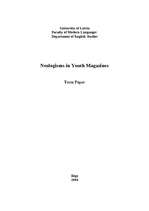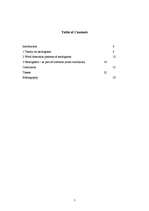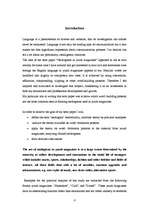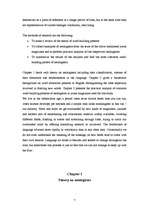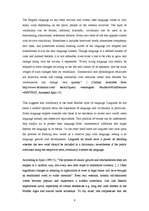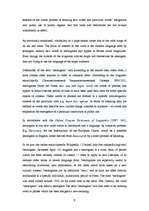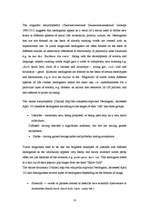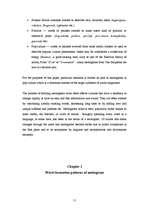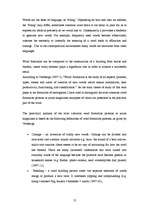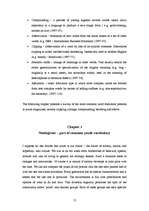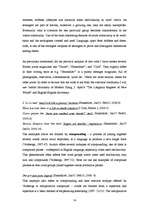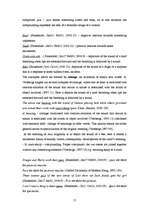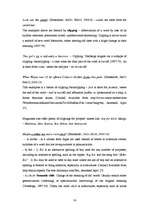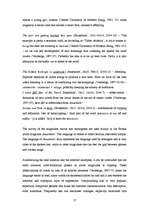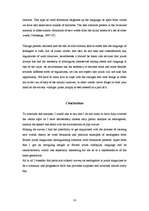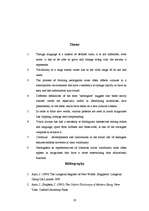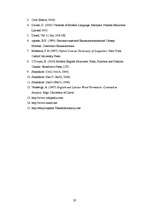Language is a phenomenon so diverse and versatile, that its investigation can almost never be exhausted. Language is not only the leading type of communication but it also makes the first significant impression about communication partners. Our lexicon can tell a lot about our personality, intelligence, character.
The idea of the term paper “Neologisms in youth magazines” appealed to me as now already for some time I have noticed and got interested in how rich and sometimes even foreign the English language in youth magazines appears to me. Familiar words are modified into slightly or completely new ones. It is achieved by using conversion, affixation, compounding, clipping or other word-building patterns. Therefore I felt inspired and motivated to investigate this subject, considering it as an investment in both my educational and professional development and growth.
My particular aim in writing this term paper was to show which word -building patterns are the most common ones in forming neologisms used in youth magazines.
In order to achieve the goal of my term paper I will;
define the term ‘neologism’ theoretically, illustrate theory by practical examples
analyze the theory available on word- formation patterns
apply the theory on word- formation patterns to the material from youth magazines, analyzing (found) neologisms
draw relevant conclusions…
